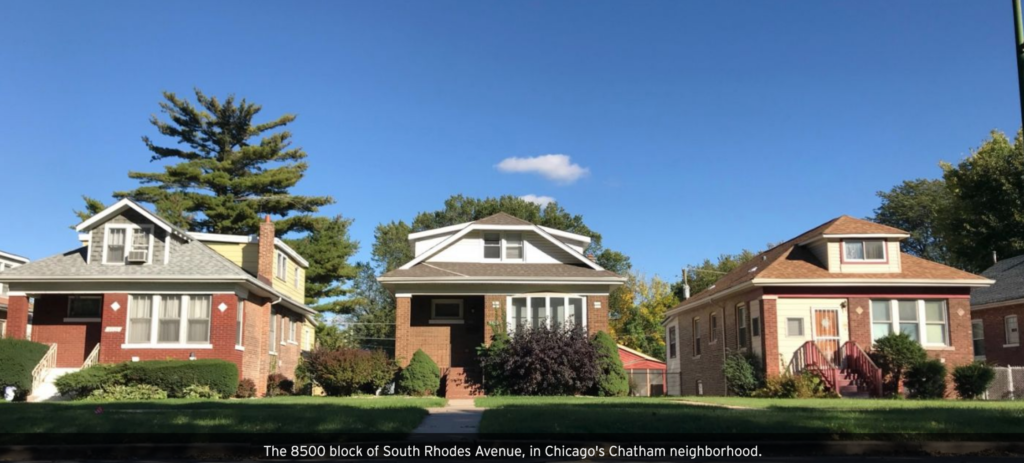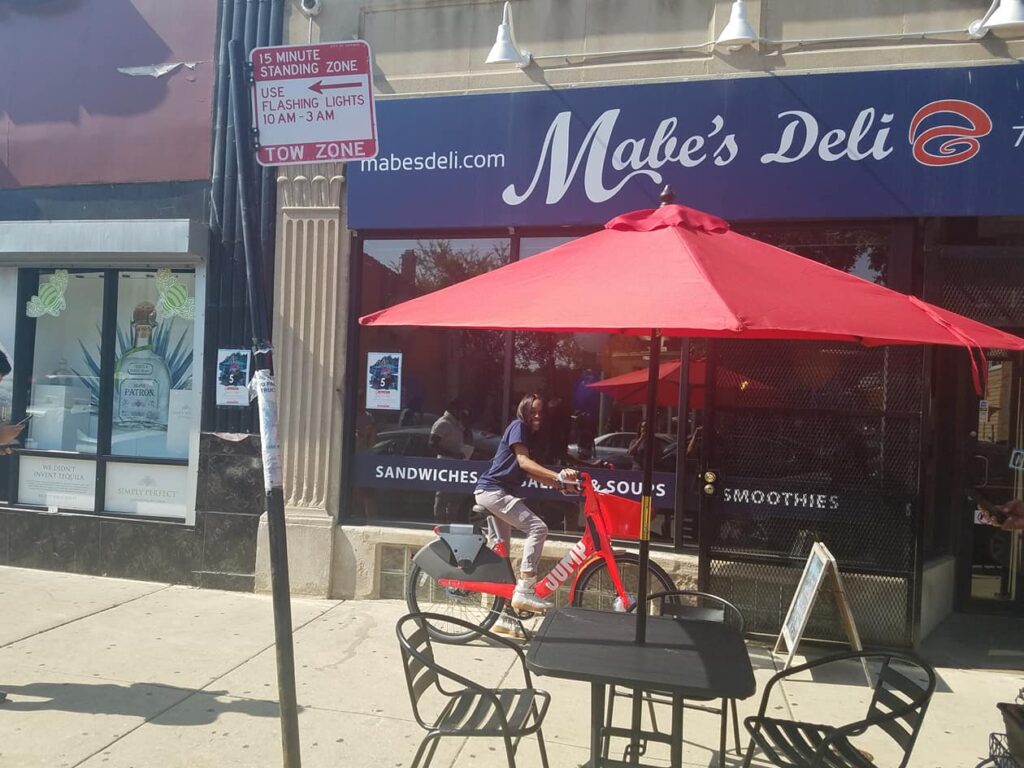Get Involved
NCST’s work increases access to homeownership, promotes resilient neighborhoods, and advances racial equity by advocating for policy change.

Greater Chatham holds a unique place in the history, culture and economy of metropolitan Chicago. For decades, it has been the heart of the region’s African- American middle-class population, primarily as a set of amenity-rich bedroom communities, but also as the home of many leading African American-owned businesses and prominent figures in arts and culture.
In recent years, Greater Chatham has been confronting new challenges, in the context of disruptive changes in the national and local economy. The number of middle-income jobs in the U.S. economy has shrunk, including middle-wage public sector jobs, with a disproportionate impact on the African-American middle class. The aftermath of the national foreclosure crisis is evident in Greater Chatham’s housing market—which has rebounded from the recession albeit at a much slower pace than other white or gentrifying Chicago neighborhoods. At the same time, the area is witnessing the in-migration of a lower-income, lower-skilled population looking for higher-quality housing options and better quality of life.
More broadly, the onset of the “next economy” requires that metropolitan areas chart new paths to prosperity, based on their unique assets. These assets are largely located in neighborhoods, which provide opportunity and serve regional growth through connecting their residents, businesses and real estate to regional markets. Neighborhoods also provide specialized packages of amenities to attract and retain various populations essential to the region – serving as “neighborhoods of choice.” Neighborhood and regional prosperity are thus intertwined and co-dependent. For Chicagoland to fully chart and achieve its trajectory in the next economy, Greater Chatham must do the same – and the two must be fully aligned.
The Greater Chatham Initiative is an innovative nonprofit that was developed in 2016 to address these challenges, take stock of the community’s assets and chart a prosperous path forward. The Greater Chatham Initiative follows the Comprehensive Plan for Economic Growth and Neighborhood Vitality. See link, https://www.greaterchathaminitiative.org/strategies-4/ . The Plan details how Greater Chatham can develop and deploy its assets to enhance its status as a community of opportunity and as a community of choice.

While it faces significant challenges, Greater Chatham has enormous assets that are critical to the metropolitan Chicago region. With strategic investment, Greater Chatham can claim its place in the 21st-century economy as a home for skilled residents employed in well-paying, high-growth industries, a center of business and consumer services and a vital source of innovation and entrepreneurship, all leading to prosperity for itself and for the region.
The Greater Chatham Initiative is a necessarily ambitious undertaking. By implementing the Plan, it continues to make the community one of both opportunity and choice by:
Our Plan pilots a new approach to integrated neighborhood and regional development, tailored to the assets, dynamics and economics of the next economy. As such, it also aims to establish model, replicable programs – and coordination across existing fragmented programs – which can be adapted to other neighborhoods in Chicago, and can align and scale neighborhood development as an integral part of regional development.
To receive updates on middle neighborhood Community of Practice activities and general information about middle neighborhoods, please sign up here. By signing up, you will also receive the bi-monthly Community of Practice newsletter.
NCST’s work increases access to homeownership, promotes resilient neighborhoods, and advances racial equity by advocating for policy change.